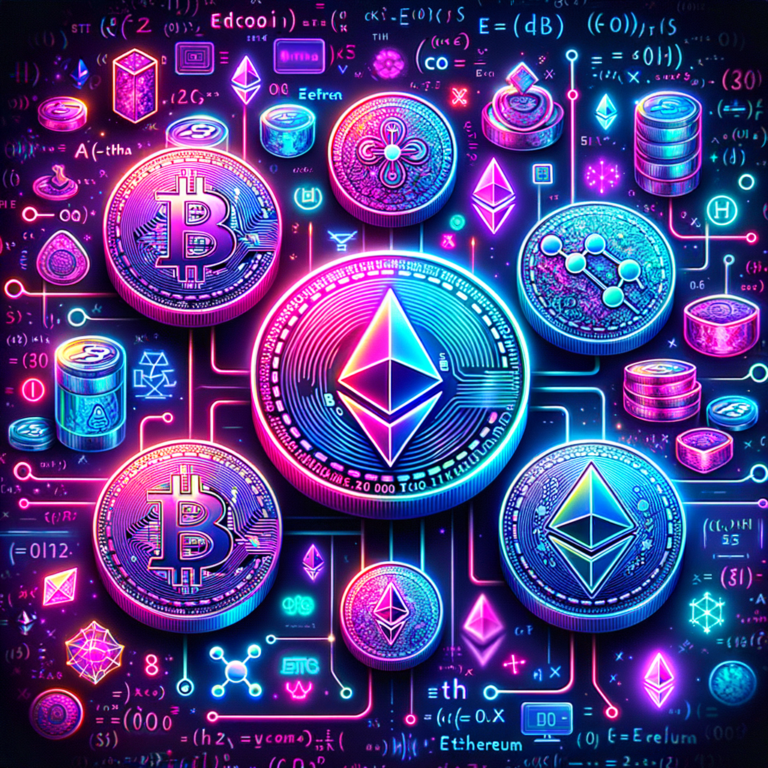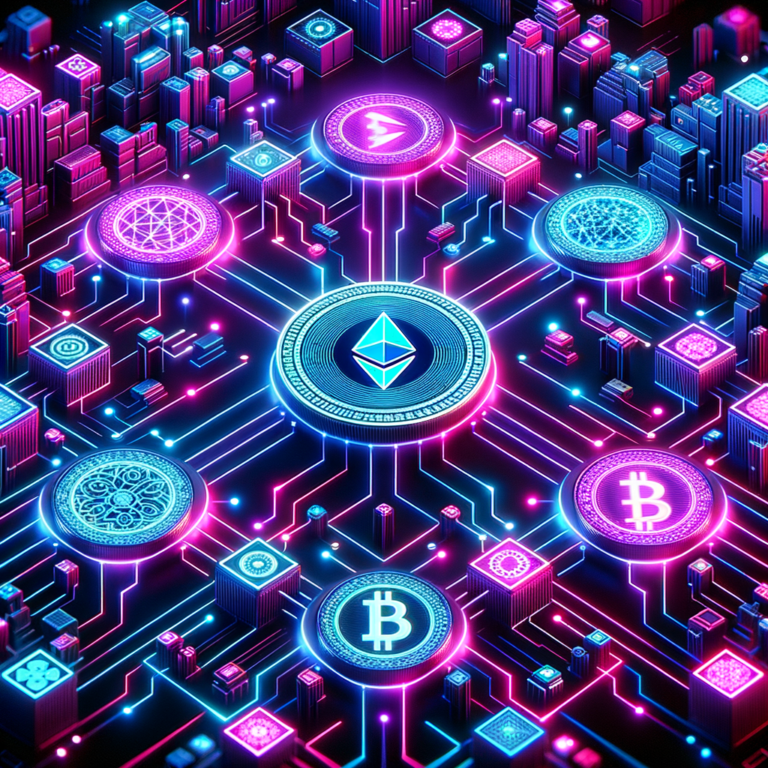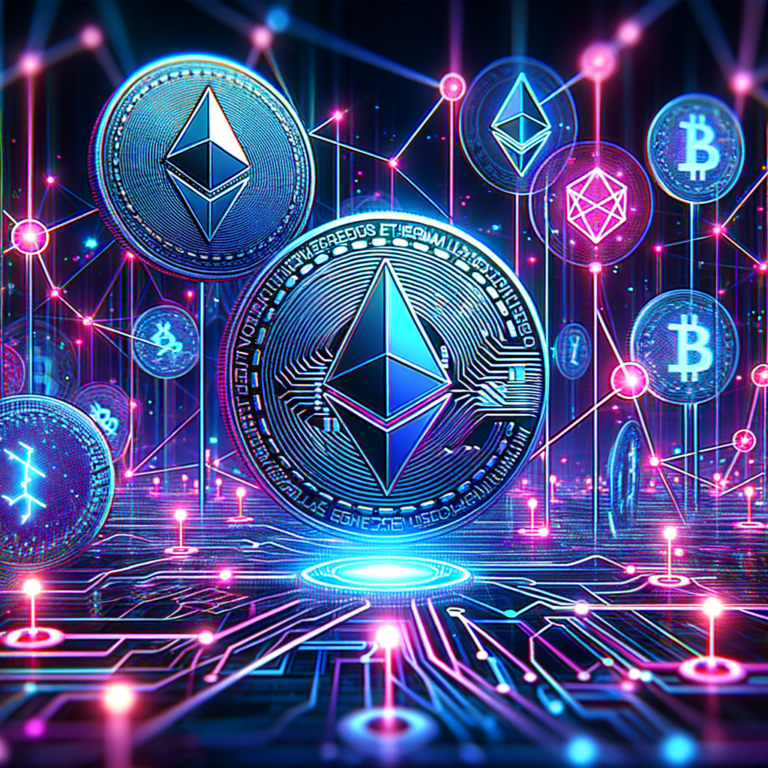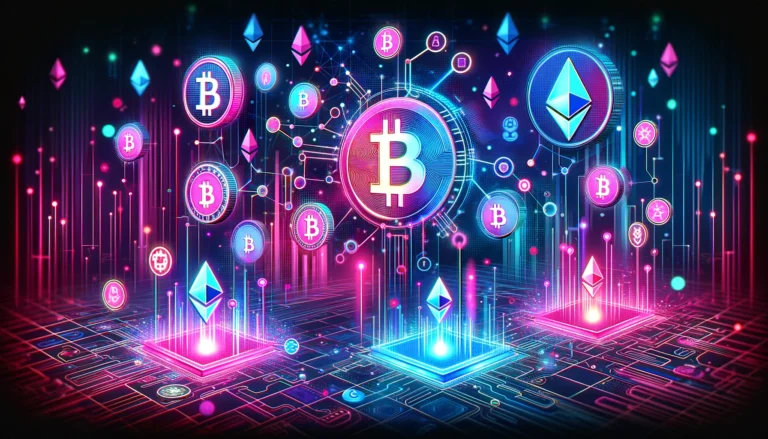DeFi 2.0 Unleashed: Pioneering the Future of Finance
DeFi, or decentralized finance, has taken the financial world by storm by leveraging blockchain technology to decentralize traditional financial services, removing intermediaries and increasing accessibility. As we move into the next iteration of this technology, DeFi 2.0, we see an evolution that promises to address the shortcomings of its predecessor and expand its capabilities. This article explores the foundations and innovations of DeFi 2.0, the technologies that drive it, its applications in the real world, and the challenges and opportunities it presents.

DeFi 2.0 Explained: Innovations and Principles
DeFi 2.0 represents an evolution in decentralized financial services, focusing on sustainability, scalability, and security. It aims to solve the issues found in DeFi 1.0, such as high transaction costs, poor scalability, and limited liquidity. DeFi 2.0 initiatives are introducing automated, self-repairing systems that can adapt to market changes and user behaviors without human intervention, making them more resilient to the volatile nature of cryptocurrencies. DeFi 2.0 also emphasizes the importance of community governance, allowing users to have a direct say in the development and operation of protocols, which enhances transparency and trust.
Innovative mechanisms such as liquidity mining and staking have been refined in DeFi 2.0 to ensure more stable and sustainable liquidity provision. Protocols now often incorporate mechanisms that encourage long-term holding and reduce the frequency of trading, thereby stabilizing the ecosystems. Moreover, DeFi 2.0 brings forth composability, where projects are built in a way that they can seamlessly interact and integrate with each other, creating a more interconnected and efficient ecosystem.
The introduction of cross-chain technology is a principal advancement in DeFi 2.0, addressing one of the biggest limitations of the initial DeFi projects: interoperability. With enhanced cross-chain technology, DeFi 2.0 enables more fluid movement of assets across different blockchain platforms, broadening the scope of possible transactions and interactions. This not only increases the overall liquidity of the DeFi space but also enhances user experience by simplifying interactions across diverse networks.
Key Technologies Driving DeFi 2.0 Advancements
Blockchain technology remains at the heart of DeFi, with Ethereum leading as the primary platform, although other blockchains like Solana and Polkadot are becoming increasingly significant due to their high transaction speeds and lower costs. The introduction of layer 2 scaling solutions and sidechains has been crucial in addressing the issues of scalability and gas fees associated with DeFi on Ethereum. These technologies reduce congestion on the main blockchain by handling transactions on separate channels before batching them to the main chain.
Smart contract capabilities have also seen significant enhancements. Upgraded smart contracts in DeFi 2.0 offer better security and more complex functionalities that foster new financial instruments and products. These contracts ensure that operations are executed automatically and without the need for intermediaries, while also minimizing risks through improved protocols for error checking and fraud prevention.
Artificial Intelligence (AI) and machine learning (ML) are being increasingly integrated into DeFi platforms to enhance predictive analytics, risk assessment, and management. AI can provide dynamic risk models that adapt to the changing behaviors and conditions within the DeFi markets, offering more robust and intelligent platforms that safeguard investments and optimize returns.
Real-World Applications of DeFi 2.0 Technologies
DeFi 2.0 technologies are revolutionizing lending and borrowing markets by offering more flexible and inclusive terms that traditional financial institutions cannot match. Platforms utilize smart contracts and decentralized assets to provide loans without credit checks, relying instead on cryptographic proof of assets. This broadens financial access, particularly in underbanked regions or for individuals lacking traditional credit scores.
Decentralized exchanges (DEXs) have evolved with DeFi 2.0 to offer more than just token swaps. They now include features such as liquidity pools, yield farming, and on-chain asset management, providing users with more tools to manage their investments directly on the blockchain. This not only promotes greater liquidity but also enhances security, as the need for third-party custodians is eliminated.
Insurance is another sector where DeFi 2.0 is making strides. By using blockchain to manage and distribute insurance policies, customers can receive automatic payouts through smart contracts when certain conditions are met, reducing the potential for disputes and delays. This transparency and efficiency in claims processing could transform how personal and commercial insurance is perceived and utilized.
Challenges and Opportunities in DeFi 2.0 Adoption
Despite its potential, DeFi 2.0 faces significant challenges. The complexity of understanding and interacting with DeFi platforms can deter mainstream adoption. Moreover, the nascent nature of the technology means that regulatory and security issues are continually evolving, which can pose risks to users and investors. However, these challenges also present opportunities for improvement and innovation, such as the development of more user-friendly interfaces and the establishment of clear regulatory frameworks.
Security remains a paramount concern, as smart contracts are vulnerable to bugs and attacks. The financial risks associated with these vulnerabilities can be substantial. However, this also encourages continuous improvement in security protocols and the development of more sophisticated risk management tools in DeFi platforms.
Lastly, the opportunity for DeFi 2.0 to foster financial inclusivity and innovation is immense. By democratizing access to financial services and creating open, interoperable systems, DeFi 2.0 has the potential to reshape the global financial landscape, making it more inclusive, efficient, and transparent.
DeFi 2.0 is not just a technological upgrade—it is a paradigm shift in the way we envision and interact with financial systems. Although it is still in its developmental phase, the advances and applications of DeFi 2.0 technologies highlight its potential to redefine the boundaries of finance. As we tackle the challenges and optimize these new systems, the future of finance looks promisingly open and decentralized, poised to benefit a broader spectrum of the global population.






